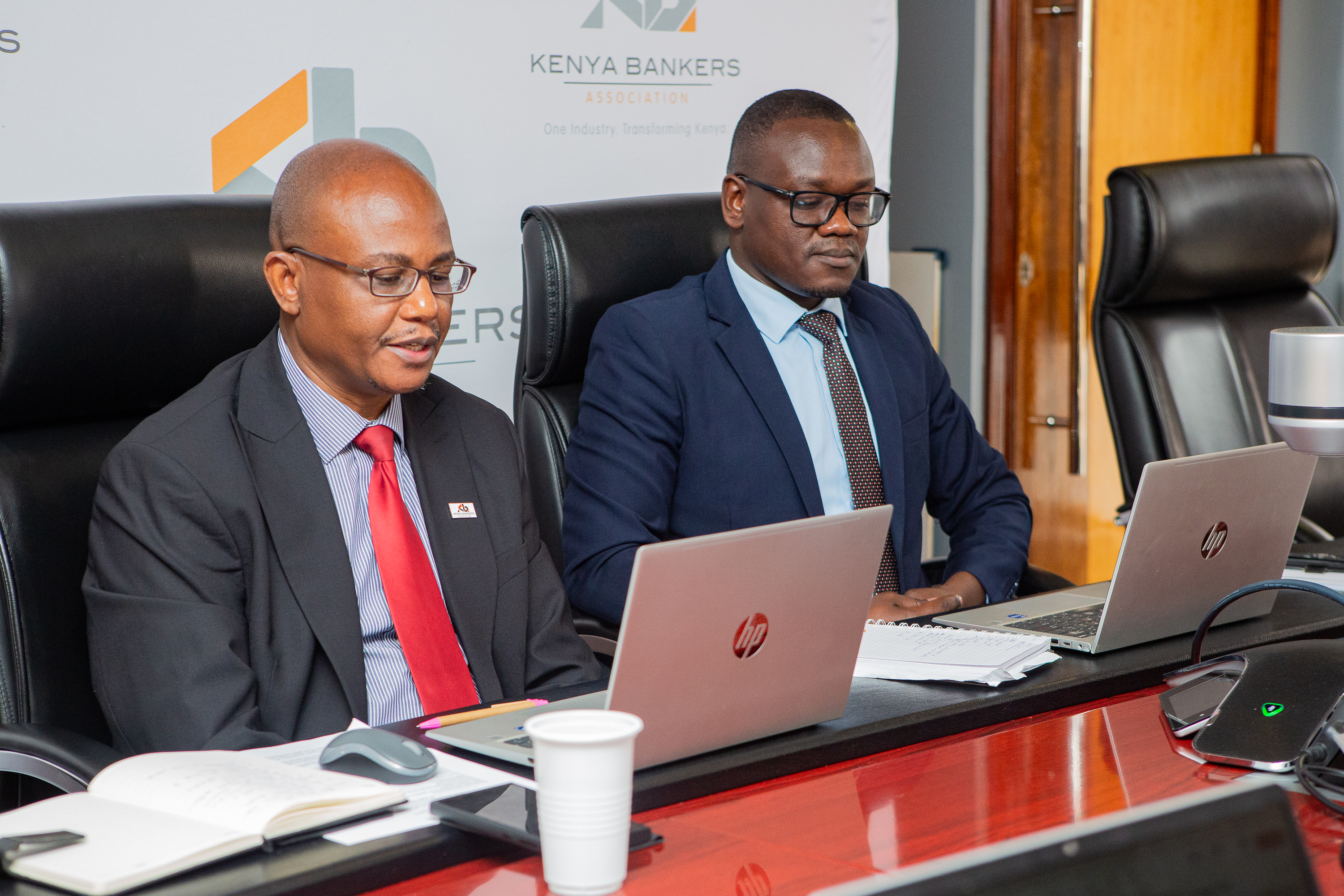

For 35-year-old James Mwangi, a small hardware store owner in Nairobi, every new month begins with the same ritual of juggling bills, calling suppliers, and negotiating with his bank to buy more time to service his loan.
He borrowed Sh800,000 in 2022 to expand his business, but with rising costs of cement, transport and electricity, he is now three months behind on his repayments.
“I never imagined I would be on the list of defaulters. Business is slow, but the bank doesn’t slow down,” Mwangi says, staring at the slow-moving stock piled in his shop.
Mwangi is just one of the thousands of Kenyans caught in a tightening financial squeeze.
Yet, while his business bleeds, the local lenders are thriving. According to the State of the Banking Industry Report 2025, lenders recorded a staggering Sh40 billion growth in profits before tax in 2024.
In total, Kenyan banks raked in Sh260.09 billion in pre-tax profits in 2024, up from Sh219.21 billion the year before, representing an 18.7 per cent growth.
This, even as non-performing loans (NPLs) surged by Sh51.4 billion to Sh672.7 billion, up from Sh621.3 billion in 2023 and Sh487.8 billion in 2022 a reflection that businesses and households unable to keep up with repayments.
“Credit quality in the banking sector deteriorated significantly, with the gross non-performing loans (NPLs) to gross loans ratio rising sharply to 16.4 per cent as of December 2024,” reads the report.
“This marked increase signals a sustained upward trend in credit risk across the industry, driven by both macroeconomic pressures and sector-specific challenges.”
The report shows the sector’s profitability rose on the back of strong interest income, cost-cutting measures and expansion into digital services.
The numbers tell a troubling story, while more Kenyans default on loans, the institutions meant to finance growth are becoming more profitable.
The rise in defaults reflects thousands of households buckling under economic pressure. Inflation and high interest rates that have pushed up the cost of living, leaving many unable to juggle loans and daily expenses.
Evans Mogire, a ride-hailing taxi driver in Umoja, says that a local lender seized his car after failing to honour the loan repayments.
“I had medical emergencies and was not able to repay my loan for a few months,” said Mogire.
His story is echoed in urban and rural Kenya alike. From farmers who borrowed against future harvests to entrepreneurs who took loans for expansion, many are defaulting not because of reckless spending but because of harsh economic realities.
Kenya’s nine largest were the greatest beneficiaries, tightening their grip on the financial sector in 2024, commanding nearly 90 per cent of total industry profits and underscoring a deepening market concentration that raises concerns over competition and consumer choice.
Central Bank of Kenya’s 2024 Banking Supervision Report shows the sector’s pre-tax profits of these, top-tier lenders pocketed an overwhelming 89.3 per cent, leaving mid- and small-sized banks to share the remainder.
KBA chief finance officer Kennedy Mutisya said that the year underscored the resilience of Kenya’s banking sector and its capacity to play a catalytic role in the country’s economic transformation.
“Strong capitalisation, robust liquidity, and enhanced efficiency demonstrate that banks remain well-positioned to support credit expansion, digital innovation, and inclusive growth. At the same time, we must continue addressing asset quality pressures to ensure sustainable financial intermediation,” said Mutisya.














